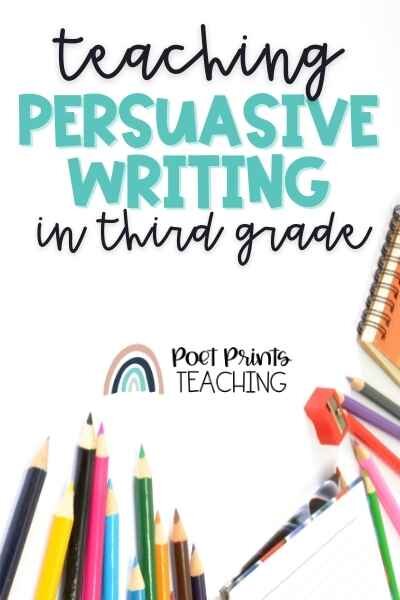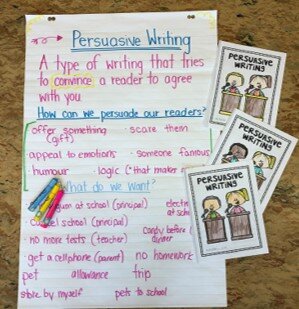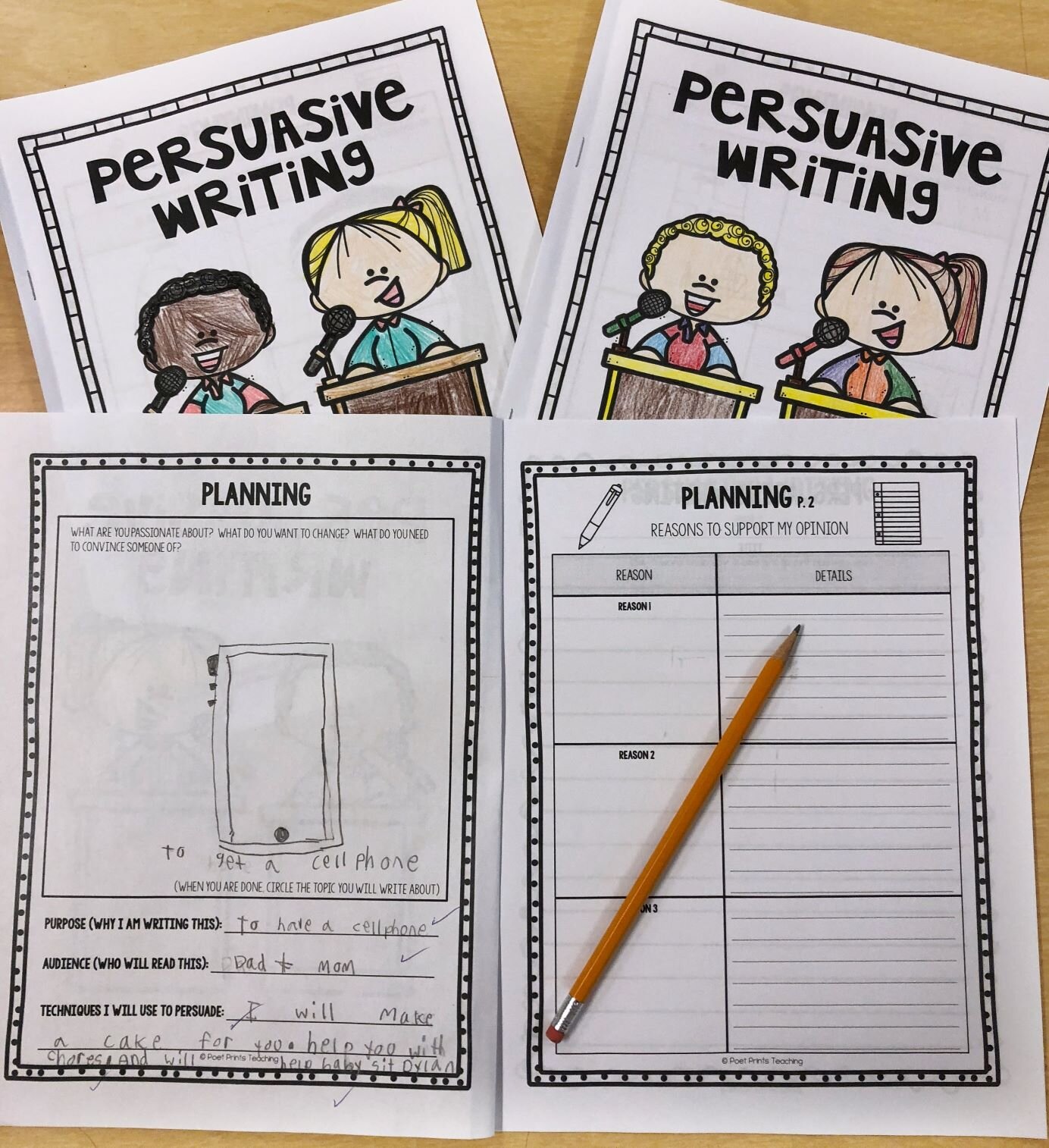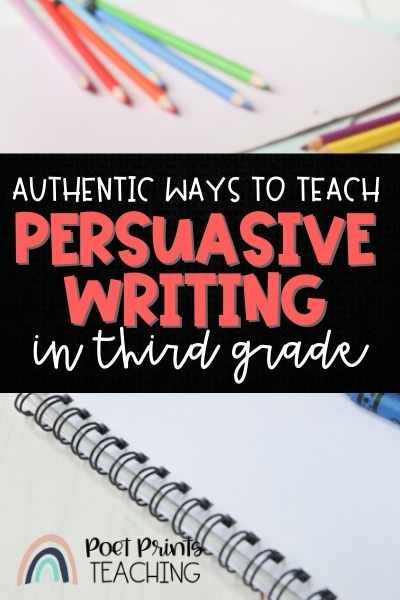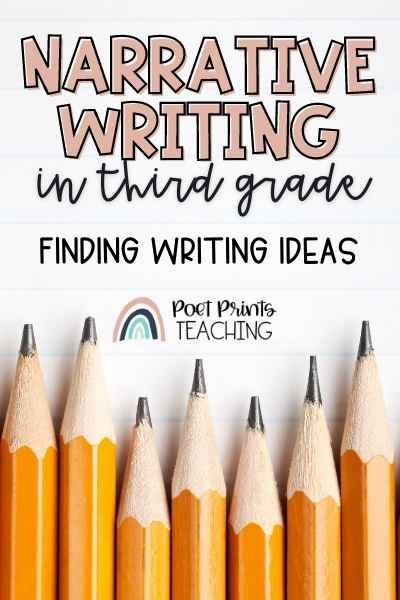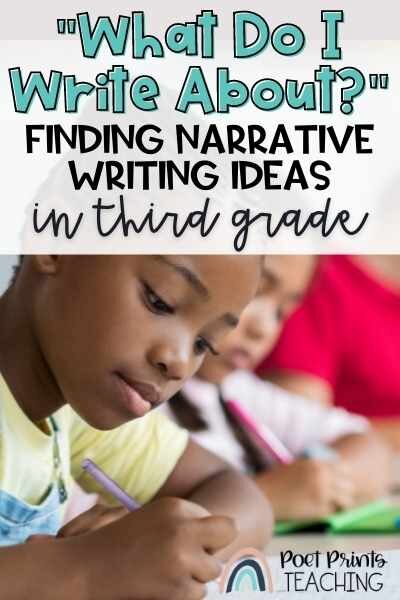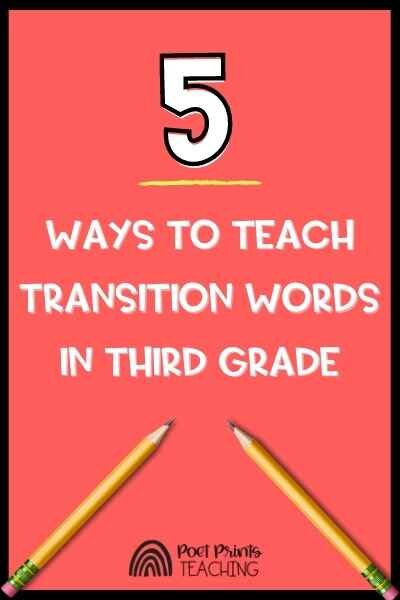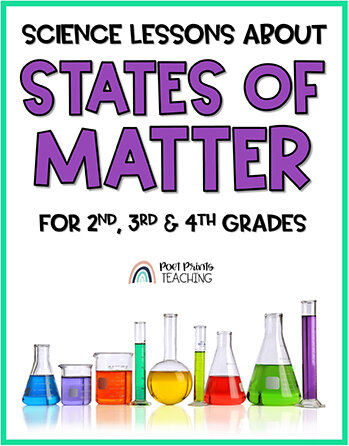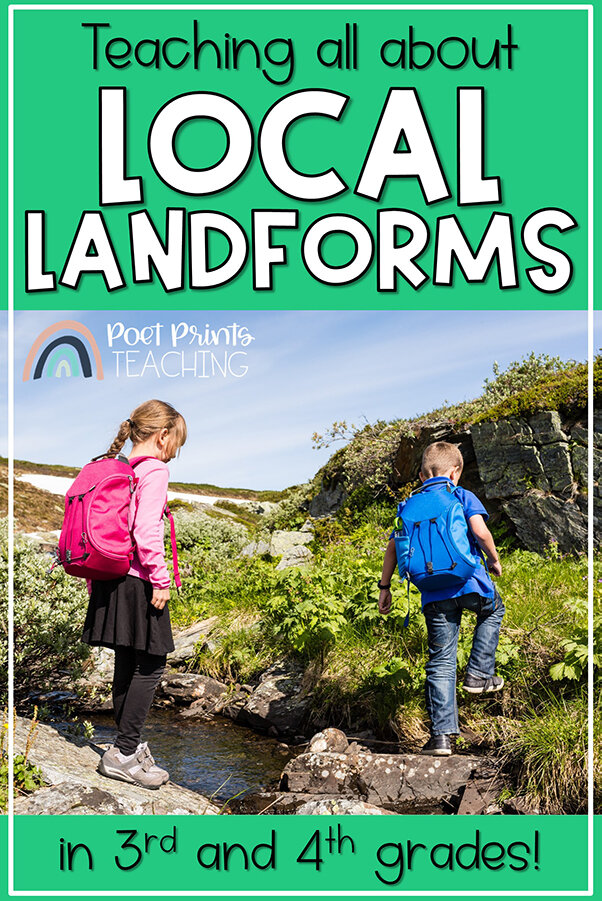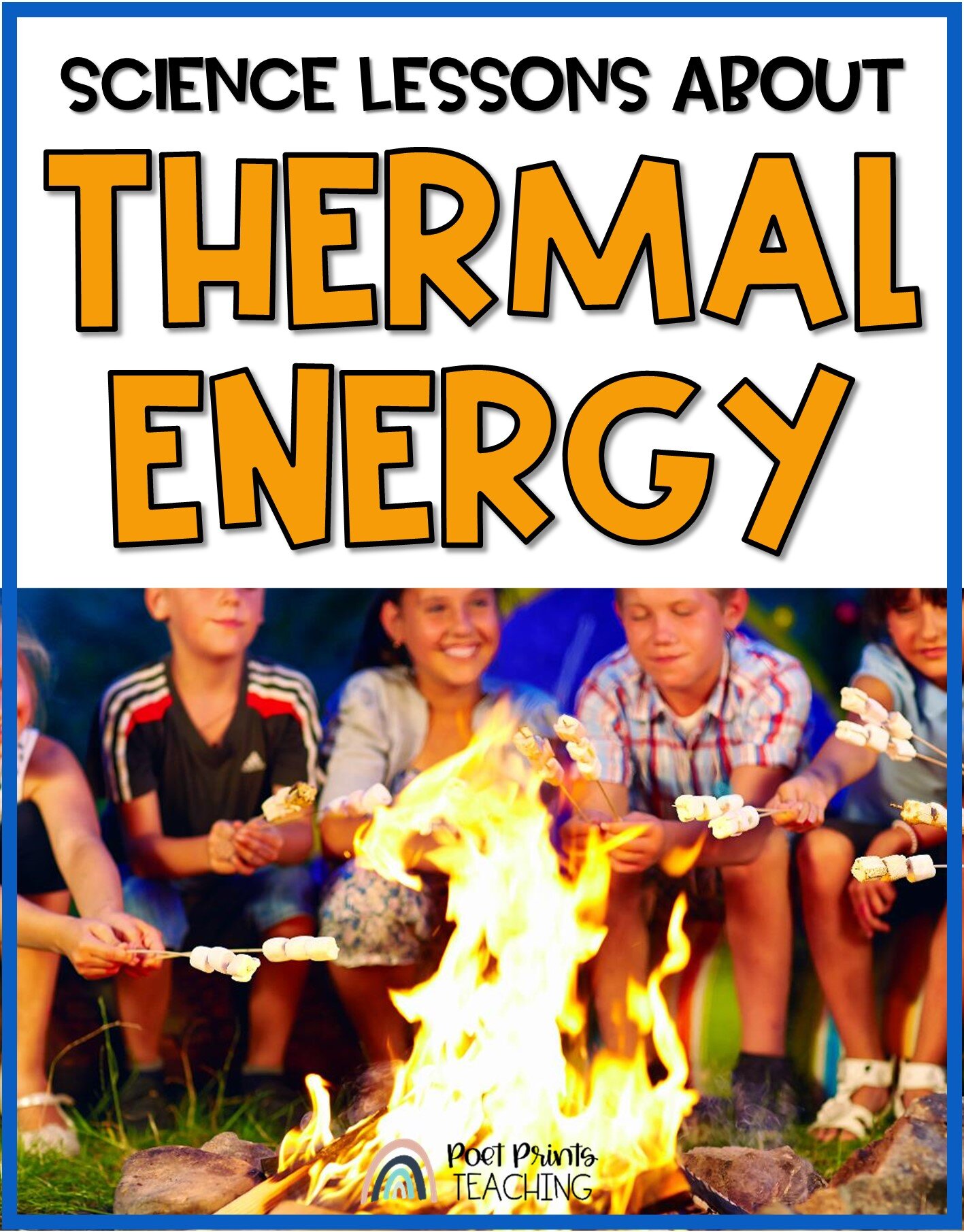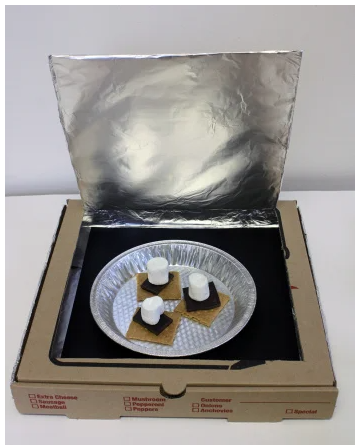I don’t know about you, but my classroom always seems to be short on time. Traditional classroom schedules have always taught each subject separately: math, reading, writing, science… all done in their own blocks. But we know that integrated learning is such an effective way to teach learning targets at once. Integrated learning blends subjects together, teaching more than one at the same time… and I am a HUGE fan of integrating science and reading, especially in 3rd grade.
Why is reading important in science?
So much of science involves carefully examining informational text. Scientists do extensive research on a topic in order to determine if the topic is worth further investigation. They pour through books to glean information and make predictions, to further their understanding of a topic, to form hypotheses and research proposals. They read other scientists’ research to learn more.
Reading truly is an essential part of science. It’s an important skill for research. And it’s our job to help students learn how to do this accurately. We can teach them how to gather information. What kinds of information to look for. How to understand the information.
Teach Students to Examine Informational Text
First, we need to teach students how to look at informational texts. There are so many genres out there. We need to teach students how to navigate these. Students need to read informational texts differently than fantasy texts. They need to read fiction texts differently than nonfiction texts.
So, first and foremost, we should tell our students how to identify these texts.
From there, give students some informational text and help your students to take a closer look at it. What do they notice about the pictures? What do they notice about the vocabulary? Read the text through together and have students make connections to things they might have experienced in their lives. For example, if you are reading about fossils, have students discuss what they know about fossils before reading. Then afterwards, have them reflect on if the information they shared is accurate or not.
Reading informational text often includes looking at the text features: headings, subheadings, bolded words, pictures, diagrams and more. The text features in a piece of informational text can give us important information as well! When we are looking at informational text I try to stop and point out what I’m seeing in each text feature.
“The title of this page is ‘Digging Up Dinosaurs’ I wonder what that tells us about what we are going to read.” “What can we see in this picture? What new information can it tell us?”
Modelling our thinking, out loud, is an important part of teaching students to read informational text.
Apply Reading Skills to Science
While reading informational science texts, make sure to apply reading skills. There are several things you could do. Throw in some comprehension questions. Have students underline new vocabulary words and find the definitions. Have students sequence events from the informational text. Distinguish facts from opinions in a text. Compare and contrast similar information.
I can’t wait to share more about how I integrate reading and science in third grade. It’s saved me so much time, and I know it can make an impact in your classroom.
If you’re ready to give it a try now, take a peek at Reading into Science, my brand new resource line that integrates close reading with engaging STEM extensions! You can check out the first lesson for FREE.
Pin Me for Later!
Text: How to teach Reading and Science together!
Image: Text is displayed over images of stacked books and science materials.


















